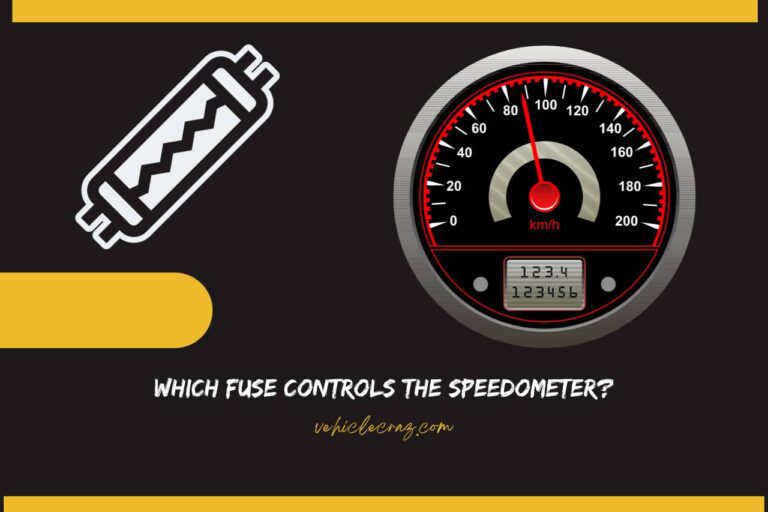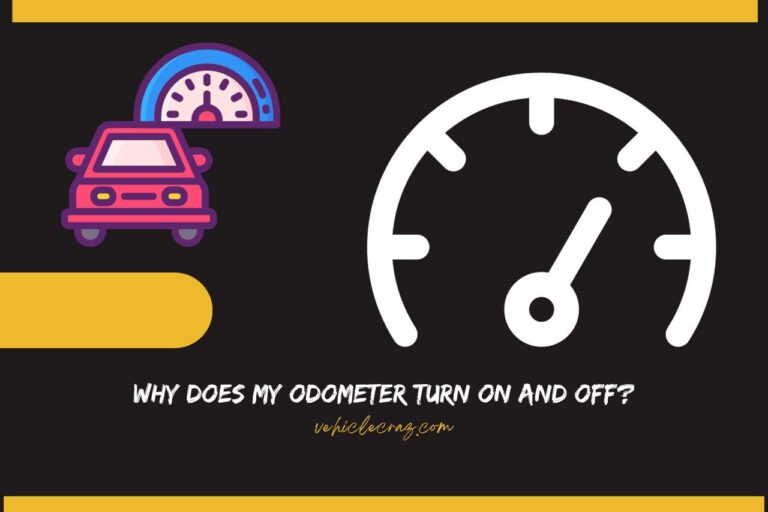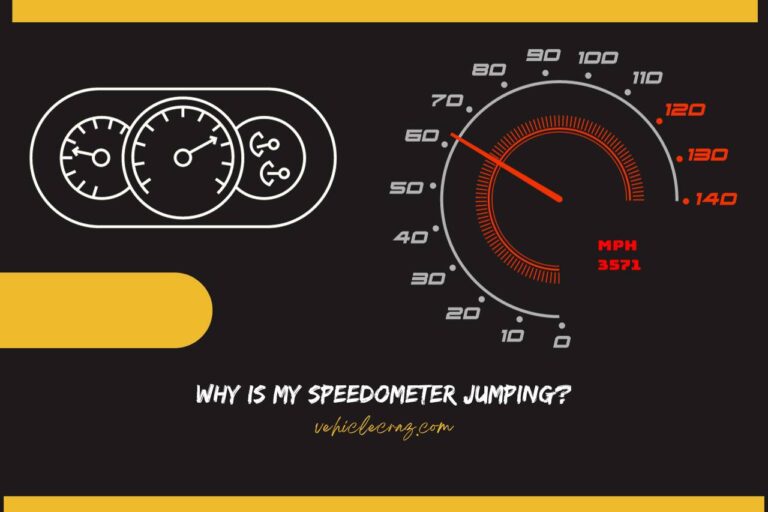Does Speedometer Measure Average Speed? Exploring Speedometer!
This article explores the accuracy of speedometer readings in determining your average speed during a journey. We specifically try to cover the mechanism behind the speedometer speed calculation. Let’s get going!
Does Speedometer Measure Average Speed?
No, a speedometer does not measure average speed. Instead, it indicates the vehicle’s instantaneous speed at any given moment. Average speed is calculated by dividing the total distance traveled by the total time taken. While a speedometer provides real-time speed information, it doesn’t factor in stops, starts, or changes in speed throughout a journey.
To determine average speed, you would need to track the time and distance separately and perform the calculation manually or rely on external devices that integrate with your vehicle’s systems to provide more accurate average speed readings.
What Does the Speedometer Measure in a Vehicle?
The speedometer in a vehicle measures the instantaneous speed at which the vehicle is traveling. It provides real-time information about how fast the vehicle is moving at any given moment. The speedometer operates based on data received from a speed sensor, typically located on the vehicle’s transmission.
This sensor detects the rotation of the transmission’s output shaft, converting it into an electrical signal that is then transmitted to the speedometer. The speedometer, in turn, interprets this signal and displays the corresponding speed on the dashboard.
It is important to note that the speedometer only reflects the current speed and does not calculate or display average speed, which requires separate tracking of time and distance to determine the overall average speed over a period of travel.
How is Speed Calculated by a Vehicle’s Speedometer?
A vehicle’s speedometer calculates speed through the use of a speed sensor, typically located on the transmission. The sensor monitors the rotation of the transmission’s output shaft, generating electrical pulses proportional to the shaft’s speed.
These pulses are then transmitted to the speedometer, which interprets the frequency of the pulses to determine the vehicle’s instantaneous speed. The speedometer’s needle or digital display corresponds to this calculated speed, providing real-time information to the driver.
It’s important to note that the speedometer measures the rate of rotation of the transmission output shaft, translating it into speed based on the vehicle’s gear ratio and tire size. This process ensures an accurate representation of the vehicle’s current speed, allowing drivers to maintain control and adhere to speed limits.
Watch this one,
Video Credits – PW Solutions
You May Also Like
- Can you Add a Digital Speedometer to a Car? (Step-by-Step)
- How to Remove Scratches from Speedometer Lens? Practical How-To!
- Which Fuse Controls the Speedometer? Start with the Fuse Box!
- How to Calibrate a Speedometer? From Novice to Pro!
- How to Tell If My Car Speedometer is Accurate? Tips to Test!
- Speedometer Not Working – Troubleshooting Your Car!
- Does ABS Sensor Affect Speedometer? Exploring the Connection!
- Why is My Speedometer Jumping? Solving the Mystery!
- Does Tire Size Affect Speedometer? Expert Insights!


I’m Alex, a seasoned mechanical teacher with over 20 years of hands-on experience in Australia. My passion for all things automotive has driven me to establish this blog, aiming to share my wealth of knowledge and expertise with fellow enthusiasts, DIYers, and anyone keen on understanding the mechanics behind the machines we rely on daily.







